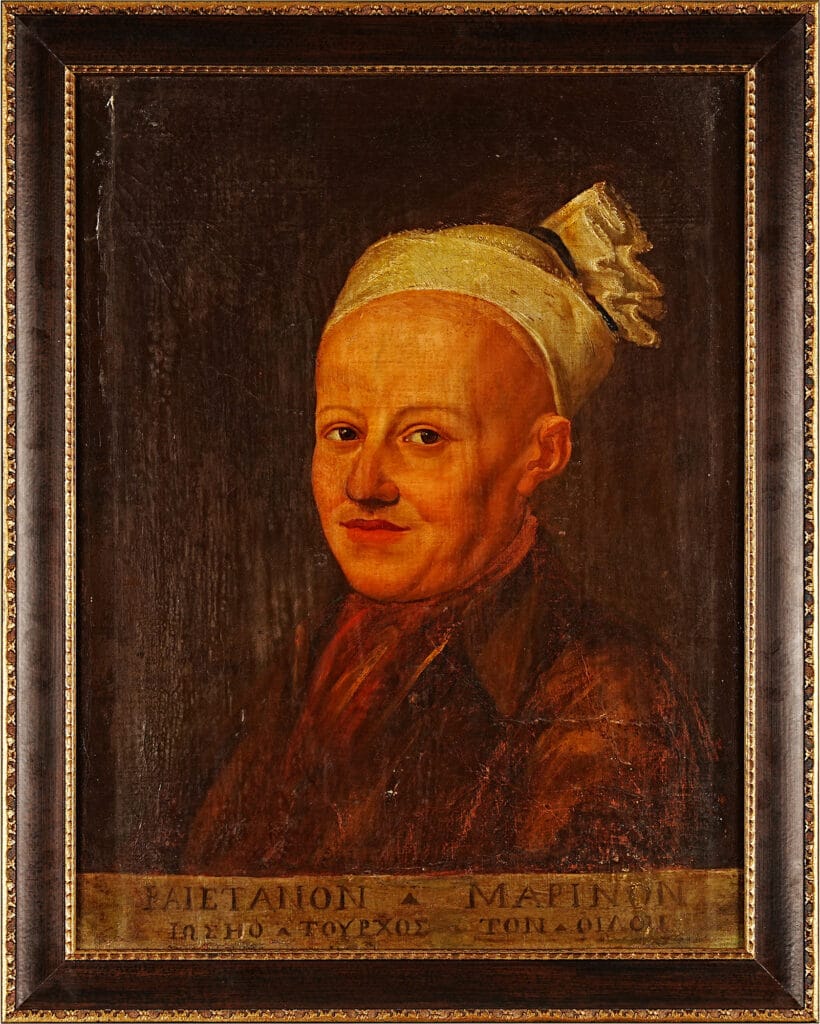

Jacques-Louis David was one of the most influential painters of the late 18th and early 19th centuries. Known for his historical and political paintings, he embodied the ideals of Neoclassicism, emphasizing clarity, order, and moral virtue while drawing inspiration from classical antiquity. His works not only redefined history painting but also became powerful tools of political propaganda during the French Revolution and under Napoleon Bonaparte.
Early Life and Education
David was born on August 30, 1748, in Paris, France, into a prosperous family. His early life was marked by tragedy when his father was killed in a duel, leaving him to be raised by his uncles. Showing talent in drawing from an early age, he enrolled at the Royal Academy of Painting and Sculpture in Paris, where he studied under Joseph-Marie Vien, a Rococo painter who introduced him to classical ideals.
In 1774, David won the Prix de Rome, granting him the opportunity to study in Italy. There, he immersed himself in the art of antiquity and Renaissance masters such as Raphael and Caravaggio, profoundly shaping his emerging Neoclassical style.
Rise to Prominence
Upon returning to Paris in 1780, David became a leading figure of Neoclassicism, rejecting Rococo’s frivolity in favor of clean lines, stoicism, and moral storytelling. His early masterpieces—The Oath of the Horatii (1784) and The Lictors Bring to Brutus the Bodies of His Sons (1789)—were celebrated for their dramatic compositions and moral gravity, securing his reputation as France’s foremost history painter.
Revolutionary Artist
With the outbreak of the French Revolution in 1789, David aligned himself with the radical Jacobins, including Maximilien Robespierre. He became the “painter of the Revolution,” using his art for propaganda. His iconic work, The Death of Marat (1793), portrayed the murdered revolutionary leader as a martyr, blending stark realism with emotional impact.
David’s political engagement extended beyond painting. He designed revolutionary festivals, staged events, and actively participated in politics as a member of the National Convention, even voting for the execution of King Louis XVI. His deep involvement brought both fame and imprisonment—he was jailed after the fall of Robespierre in 1794, during which he continued to paint portraits of fellow prisoners.
Service to Napoleon
After his release, David shifted his allegiance to Napoleon Bonaparte. Appointed First Painter to the Emperor, he produced some of the most iconic images of the Napoleonic era, including Napoleon Crossing the Alps (1801) and The Coronation of Napoleon (1807). These monumental works combined Neoclassical precision with dramatic grandeur, immortalizing Napoleon’s reign and cementing David’s role as the official artist of the empire.
Exile and Later Years
Following Napoleon’s fall in 1815, David was exiled to Brussels, Belgium, where he continued to paint, though on a smaller scale. His later works, such as Mars Being Disarmed by Venus and the Three Graces (1824), showed a softer and more romantic sensibility, reflecting the changing artistic climate of the time.
David died in Brussels on December 29, 1825. Although his funeral was modest, his legacy loomed large over the art world.
Legacy
Jacques-Louis David remains a towering figure in Western art history. He transformed history painting into a vehicle of moral and political expression, setting new standards in clarity, form, and symbolism. His students—including Jean-Auguste-Dominique Ingres and Antoine-Jean Gros—carried forward his principles, bridging Neoclassicism and Romanticism.
Today, David’s masterpieces are housed in major institutions such as the Louvre and Versailles, continuing to testify to the power of art in shaping both historical memory and cultural identity. From revolutionary Paris to imperial courts and exile, David’s life and work reflect the turbulent transformations of France, marked by ambition, artistry, and unflinching dedication to both art and politics.
Artworks

- Address: No.235, Jumeirah 2, Dubai ,UAE
- info@noorroyalgallery.com
- (+971) 04 262 0478
- (+971) 54 212 2813
links
explore
newsletter Sign Up
Newsletter
© 2025 Noor Royal Gallery. All Rights Reserved
- terms and conditions
- privacy policy

